- Home
- Machining techniques
- CNC Machining Services
- Cooperative supply services
- Designs
- Materials
- Finishing Services
- Shop
- Products
- Guide
- About Us
- Contact Us
2023.6.20
You need to choose the type of filament to use for the 3D printer, among a variety of filaments with different colors and characteristics, how to choose the right 3D printing filament? Let’s learn about the types, sizes, colors, and speed of filaments used in 3D printing.
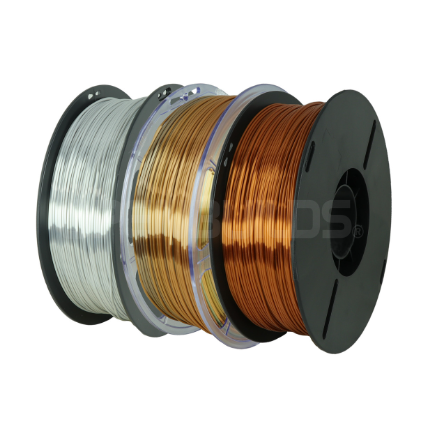
3D printing filament is the material used in 3D printing machines to create physical objects by layering material. There are many different types of filament available.
1. PLA (Polylactic Acid): PLA is a plant-based, eco-friendly filament that is easy to use and produces precise and clean prints. It is perfect for beginner 3D printing enthusiasts due to its affordability and relatively low melting point. PLA is also biodegradable and non-toxic.
2. ABS (Acrylonitrile Butadiene Styrene): ABS is a thermoplastic filament that is strong, durable, and flexible. It is a popular choice for printing objects that require strength and durability, such as toys, phone cases, and car parts. However, ABS requires a higher printing temperature and can produce fumes, so it is less environmentally friendly than PLA.
3. PETG (Polyethylene Terephthalate Glycol): PETG is a strong and durable filament that is resistant to impact, heat, and 3D printing filament is the material used in 3D printing machines to create physical objects by layering material. There are many different types of filament available.
1. PLA (Polylactic Acid): PLA is a plant-based, eco-friendly filament that is easy to use and produces precise and clean prints. It is perfect for beginner 3D printing enthusiasts due to its affordability and relatively low melting point. PLA is also biodegradable and non-toxic.
2. ABS (Acrylonitrile Butadiene Styrene): ABS is a thermoplastic filament that is strong, durable, and flexible. It is a popular choice for printing objects that require strength and durability, such as toys, phone cases, and car parts. However, ABS requires a higher printing temperature and can produce fumes, so it is less environmentally friendly than PLA. chemicals. It has a glossy finish and is often used in manufacturing applications. It is also easier to print than ABS and produces less warping.
4. Nylon: Nylon is a high-strength filament that is ideal for printing objects that require toughness and durability. It is commonly used in the aerospace and automotive industries. Nylon has a higher temperature requirement and requires more advanced printing techniques, making it less suitable for beginners.
5. TPU (Thermoplastic Polyurethane): TPU is a flexible and rubber-like filament that is perfect for printing objects that need to be flexible and bendable, such as phone cases and prosthetic devices.
6. PVA (Polyvinyl Alcohol): PVA is a water-soluble support filament that is used to support complex prints that require support structures. It dissolves easily in water, making it easy to remove from the finished print.
7. HIPS (High Impact Polystyrene): HIPS is a thermoplastic filament that is often used as a support material when printing with ABS. It can be dissolved in D-Limonene, making it easy to remove from the finished print.
8. Carbon Fiber: Carbon fiber is a strong and lightweight filament that is used to print objects that require high strength-to-weight ratios, such as bike parts or drone frames.
3D printing filaments come in different sizes, which are based on their diameter. The most common sizes of 3D printing filament are 1.75mm and 3mm.
1) 1.75mm Filament: This is the most commonly used size of 3D printing filament. It is ideal for small and intricate prints because it can produce a high level of detail. It also requires less force to extrude, meaning it can be used with lower-powered 3D printers. 1.75mm filament is available in a wide range of materials, including PLA, ABS, PETG, Nylon, TPU, and more.
2) 3mm Filament: this one is less commonly used than 1.75mm filament, but it is still available and used by some 3D printer manufacturers. It is a larger filament size and can produce thicker, stronger prints. However, it requires more force to extrude, meaning it requires a higher-powered 3D printer. 3mm filament is compatible with a range of materials, but it is particularly well-suited for printing with flexible filaments like TPU.
Some 3D printers are designed to only work with one filament size. Before purchasing a 3D printer, it’s important to check which filament sizes it supports to ensure you can print with the filament size you want. If you’re printing smaller or more detailed objects, a 1.75mm filament may be the better choice. If you’re printing larger or more robust objects, a 3mm filament may be more suitable. In either case, it’s important to choose a filament size that is compatible with your 3D printer and the material you plan to use.
Yes, you can mix 3D filament colors to create new and custom color blends. There are a few different methods for mixing 3D filament colors:
1) Pre-Mixed Filament: Some filament manufacturers offer pre-mixed colors that are blended before the filament is created. This allows you to create a range of custom colors without needing to do any mixing yourself. The pre-mixed filament is available in a variety of colors and can create unique blends that are difficult to achieve with other methods.
2) Multi-Colored 3D Printing: Some 3D printers come with the ability to print multicolored objects by alternating between different filament colors. This technique is often used to create complex prints that require multiple colors. While it does not allow for precise color mixing, it can create unique and interesting color combinations.
3) Post-Printing Coloring: After printing an object with one filament color, it is possible to use various techniques to add color to the object. This can include spray painting, hand painting, or using markers to add color to specific areas. While this method does not involve mixing colors during the printing process, it can be a useful technique for creating custom colors and designs.
4) Physical Mixing: The most direct method for creating custom 3D filament colors is to physically mix two or more filament colors together. This requires manually combining two colors of filament and then feeding the mixed filament through the 3D printer. This method requires careful measurement and consistency to ensure that the final color is consistent throughout the print.
The speed at which a filament print depends on a range of factors, including the specific 3D printer being used, the complexity of the object being printed, and the settings used for the print. But some filaments generally print faster than others due to their inherent properties.
1. PLA (Polylactic Acid): PLA is generally considered one of the fastest printing filaments. It has a low melting point and can be printed at high speeds without sacrificing quality or accuracy. PLA prints fast because it does not require a heated bed to print and can be printed at lower temperatures.
2. PETG (Polyethylene Terephthalate Glycol): PETG is also considered a fast-printing filament. It has similar properties to PLA but is slightly more flexible and has better resistance to impact, heat, and chemicals. PETG also prints fast because it does not require a heated bed to print and can be printed at lower temperatures.
3. TPU (Thermoplastic Polyurethane): TPU is a flexible and rubber-like filament that prints relatively quickly. It is ideal for printing objects that need to be flexible and bendable, such as phone cases and prosthetic devices. TPU prints fast because it can be printed at lower temperatures, and it does not require a heated bed.
4. PVA (Polyvinyl Alcohol): PVA is a water-soluble filament used for support structures when printing complex objects. While it is not a fast-printing filament when used on its own, it can print quickly because the support structures made from PVA can be dissolved away with water, making post-processing faster.
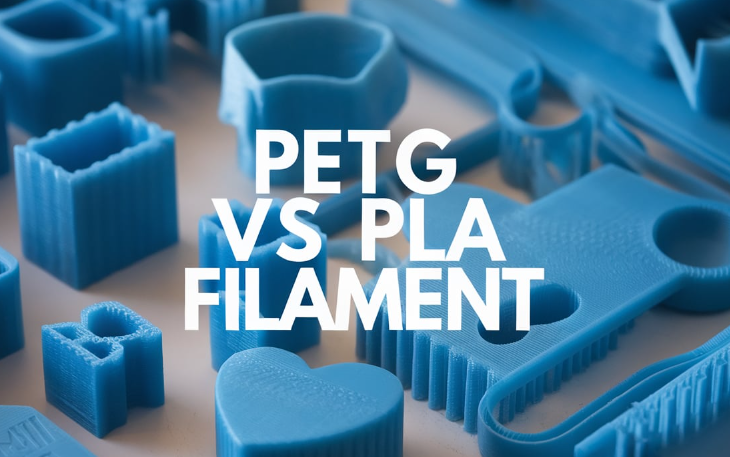 PETG vs PLA Filament, What Are the Differences – PETG Properties, Uses & Printing Settings
PETG vs PLA Filament, What Are the Differences – PETG Properties, Uses & Printing Settings
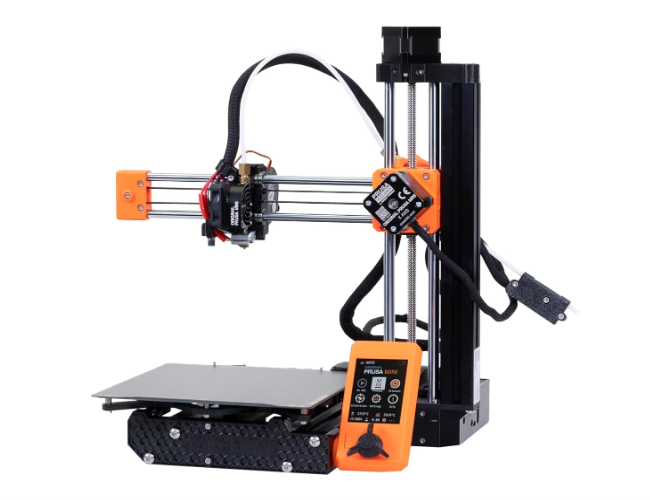 Best 3D Printer for Beginners 2024 – Top 5 Easy & Budget 3D Printers Under $500 in 2024
Best 3D Printer for Beginners 2024 – Top 5 Easy & Budget 3D Printers Under $500 in 2024
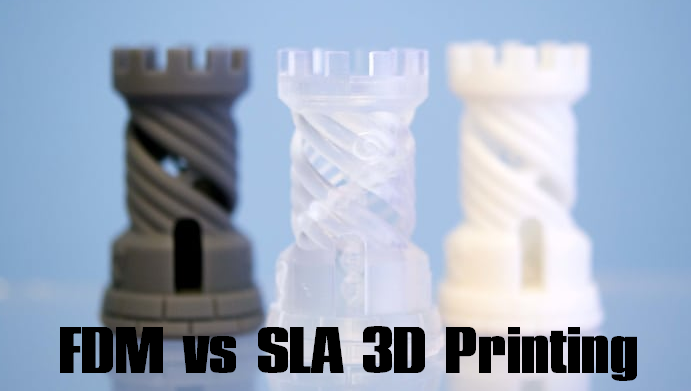 Filament vs Resin 3D Printer – Difference Between FDM and SLA 3D Printing | CNCLATHING
Filament vs Resin 3D Printer – Difference Between FDM and SLA 3D Printing | CNCLATHING
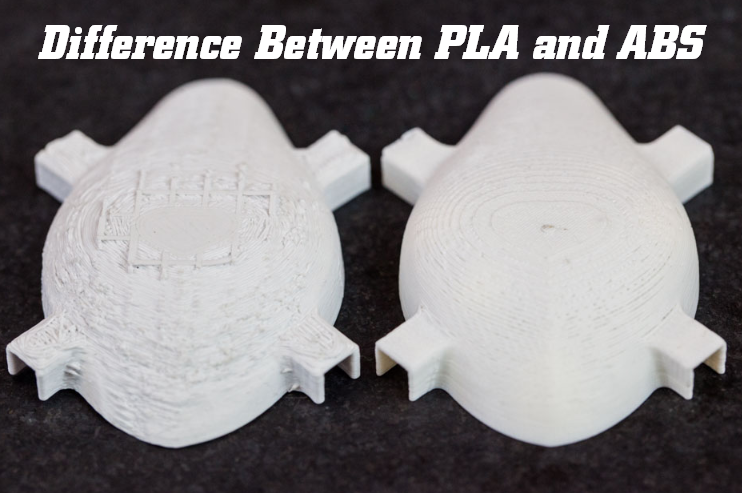 PLA vs ABS, What’s the Difference | Understanding ABS and PLA Plastic | CNCLATHING
PLA vs ABS, What’s the Difference | Understanding ABS and PLA Plastic | CNCLATHING
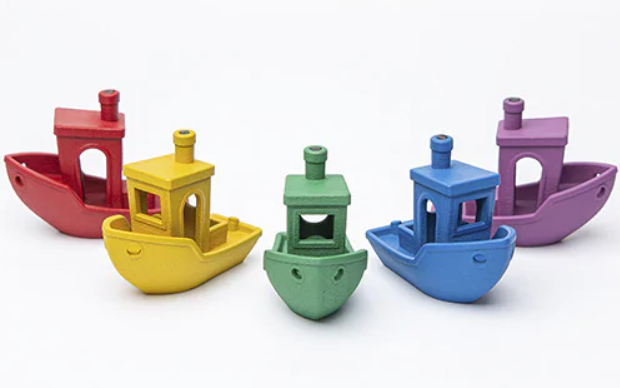 PLA Plastic in 3D Printing: Characteristics, Applications & ABS vs PLA 3D Printing
PLA Plastic in 3D Printing: Characteristics, Applications & ABS vs PLA 3D Printing
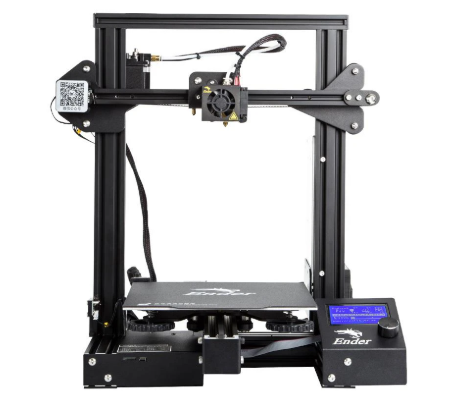 Top 5 Best 3D Printers 2021 – Best Budget, Beginner and Professional 3D Printer
Top 5 Best 3D Printers 2021 – Best Budget, Beginner and Professional 3D Printer
